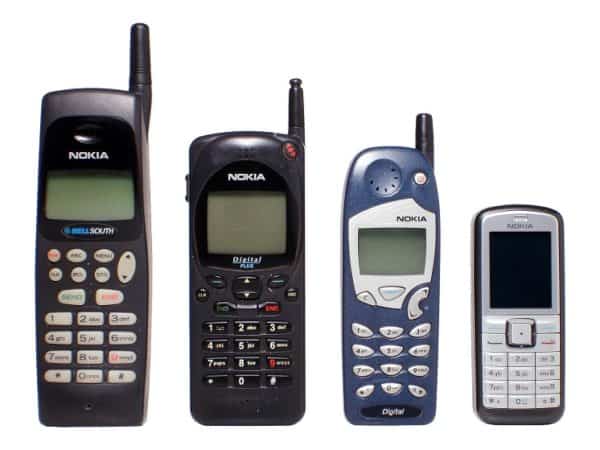
 Are Canadian hoarding old cell phones?
Are Canadian hoarding old cell phones?
With this Friday marking the 25th anniversary of Earth Day, state leaders from around the globe, including Canada’s Justin Trudeau, will be in New York City to do their part by signing on to the Paris Climate Agreement, negotiated this past December. But as average citizens, you may ask, what can I do to participate in this year’s Earth Day?
Easy: you can take in that old cellphone to be recycled.
So say the folks at Recycle My Cell, a program created by the Canadian Wireless Telecommunications Association (CWTA). “By mailing or dropping off your mobile device at a recycling drop-off location, you are doing something positive for your local ecosystem by diverting waste from your local landfills,” says the program.
“Recycling your wireless device also decreases the amount of raw materials that would otherwise be needed for manufacturing new products.”
According to a 2015 Nanos survey (PDF), almost half of Canadians (48 per cent) say that they have at least one old cell phone stored away, while 32 per cent report having two and 22 per cent had three or more phones lying around. At the same time, the report found that Canadians are supportive of phone recycling, with 81 per cent saying they’d be willing to recycle or return their old phone, a big jump from the previous year when only 63 per cent said they would recycle their old phone.
The Recycle My Cell program links together participating cell recycling programs across the country with a listing on their website of the range of drop-off locations nearby any given address in Canada. (While you’re on their website, take a look at their most Canadian of public service announcements, where old phones are seen being used as doorstops and hockey pucks.)
Recycle My Cell advises that before dropping off your old phones you should remove the SIM card along with any personal information on the phone such as text messages, contacts and personal files.
“In 2016 there’s no reason these cell phones should end up in a landfill,” says Marc Choma, vice president of communications and strategy at CWTA. “Phones are easy to recycle, they’re such a mobile product—pardon the pun. We have over 3,500 drop-off locations for easy access. People can even get postage paid labels to send them in.”
What’s dangerous about keeping a cellphone in your junk drawer for another year? Without making the concerted effort to get it recycled, chances are that phone will eventually find its way to the trash (in a fit of ‘spring cleaning’, for example) and then into a landfill. And this is a big problem: once in a landfill, the phones start releasing an array of toxic chemicals including cadmium, lead, lithium and mercury.
Old cell phones are also a valuable commodity in and of themselves and many of their materials can be recovered. According to the US Environmental Protection Agency, for every one million cell phones recycled, 35,000 pounds of copper and 772 pounds of silver can be recovered, along with smaller amounts of gold and palladium.
The Nanos survey reports that Canadians used their previous cell phones for an average of 33.6 months before acquiring their current one. Perhaps unsurprisingly, older Canadians were found to hold onto their old phones for longer than younger Canadians.
Leave a Reply
You must be logged in to post a comment.




 Share
Share Tweet
Tweet Share
Share




Comment